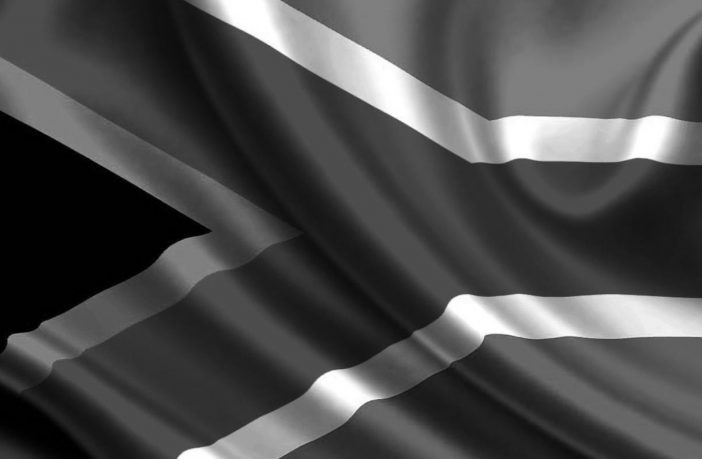- A new report by the Council for Scientific and Industrial Research (CSIR)’s Energy Centre has analysed South Africa’s loadshedding, indicating that it cost the country’s economy between R60 billion and R120 billion in 2019 alone.
- The total economic impact of loadshedding in South Africa could be as high as R338 billion over the past 10 years, states the report titled Setting up for the 2020s: Addressing South Africa’s electricity crisis and getting ready for the next decade.
In a presentation delivered by the authors of the report, Jarrad Wright (principal engineer) and Joanne Calitz (senior engineer), findings indicate South Africa experienced 530 hours of loadshedding in 2019, amounting to 1,352GWh.
Last year was also the first time that Stage 6 loadshedding was implemented – a level at which over a third of Eskom’s total capacity was offline. Municipalities were also instructed to prepare their Stage 8 schedules in the event of this occurring in future.
Looking at the records of loadshedding dating back to 2007, the CSIR calculated that the total economic impact over the period is between R167 billion and R338 billion.
CSIR report notes threat of loadshedding remains dire
According to the report, urgent action is needed to turn the situation around and to ensure South Africa’s energy sector recovers.
CSIR: EVEN WITH A BEST-CASE SCENARIO S.AFRICA WILL SIT WITH A SUPPLY GAP UNTIL 2022.
Loadshedding is expected to continue for 2-3 years depending on key decisions and actions implemented from government, the CSIR warned.
The research group added that an urgent response is necessary to ensure adequate short-term electricity supply and to set South Africa on a path towards long-term adequacy in the 2020s.
“Systemic changes in Eskom fleet performance expectation and demand forecast requires an updated understanding of capacity and energy gap relative to the assumptions in the Integrated Resource Plan published in 2019,” explained the CSIR.
According to the report, Eskom’s energy availability factor (EAF) has been on a declining trend since 2001, and after a brief spike in 2016, has continued down this path over the last year.
Currently, this trend appears irreversible, with the CSIR noting that none of the IRP2018 plans had come to fruition, bringing into question the likelihood of any of the IRP2019 plans becoming a reality.
The CSIR said that while gazetted plans to build new capacity in the country will boost supply, because of lead times – the waiting period for new capacity to come online – in a best-case scenario, the country will sit with a supply gap until 2022.
Read the full CSIR ‘Setting up for the 2020s’ report here
Author: Nicolette Pombo-van Zyl
This article was originally published on ESI Africa and is republished with permission with minor editorial changes.












3 Comments
Bad Management and wilful corruption – price increase will not assist at all.
Think about installing your own system
Pingback: The cost of coal energy on the South African economy - Green Economy Journal